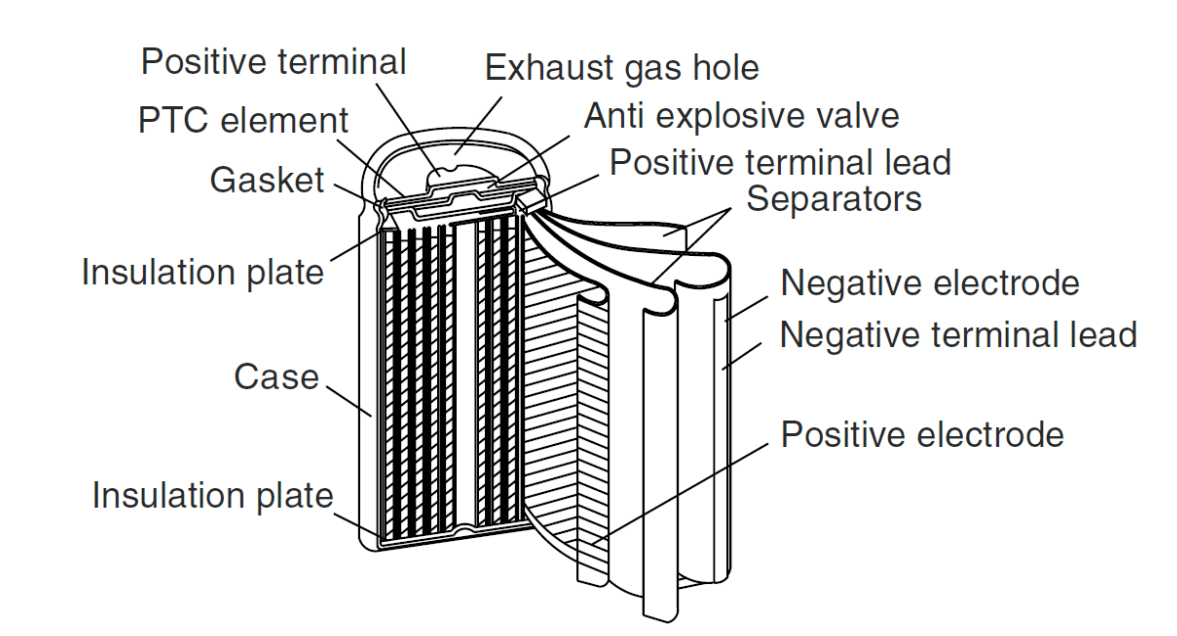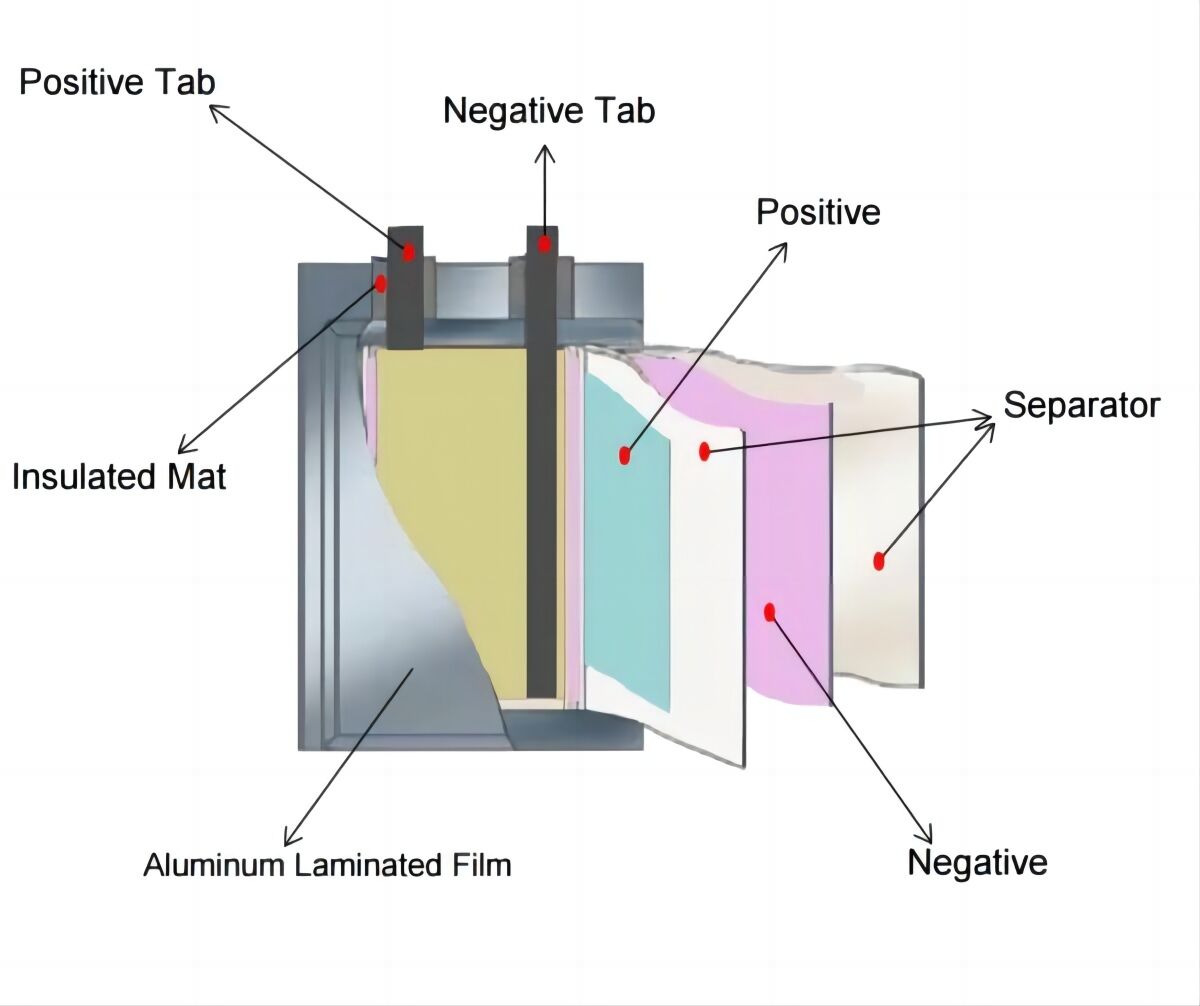News
Battery Comparison: Exploring Different Battery Types
Introduction:
In the realm of battery technology, three primary types dominate the market: cylindrical, prismatic, and pouch. Each type boasts unique characteristics and offers distinct advantages. In this article, we will delve into the features of each battery type and compare them across various factors.
Comparing Battery Types:
Cylindrical Batteries:
Advantages:
Established and cost-effective: Cylindrical batteries have a long history of industrial production, boasting mature manufacturing processes and high production efficiency. This translates to lower costs and higher yields compared to other types.
Superior reliability and safety: Cylindrical batteries undergo extensive testing during production, coupled with the additional protection provided by their steel casing, ensuring excellent reliability and safety.
Disadvantages:
Weight and size: The steel casing of cylindrical batteries contributes to their weight, resulting in lower energy density compared to other types. Additionally, their cylindrical shape leads to inefficient space utilization.
Limited capacity: The radial thermal conductivity of cylindrical batteries restricts the number of winding layers, limiting individual capacity. This necessitates the use of multiple batteries in applications like electric vehicles (EVs), adding complexity and potential connection issues.

Prismatic Batteries:
Advantages:
Enhanced protection: Prismatic batteries feature aluminum alloy or stainless steel casing, offering improved protection compared to pouch batteries and enhancing overall safety.
Simplified structure and reduced weight: Prismatic batteries have a straightforward design and utilize lightweight materials, resulting in higher energy density and reduced weight compared to cylindrical batteries. This reduces the number of cells required in battery modules and alleviates demands on battery management systems (BMS).
Disadvantages:
Lack of standardization: The diverse array of prismatic battery models in the market poses challenges in standardizing the manufacturing process. This can lead to reduced automation, significant variations between cells, and shorter battery pack lifespan.

Pouch Batteries:
Advantages:
Enhanced safety: Pouch batteries are encased in aluminum-plastic composite film, reducing the risk of explosions compared to rigid casings used in other types.
High energy density: Pouch batteries are lighter, offering 40% weight reduction compared to steel-cased batteries of the same capacity, and 20% reduction compared to aluminum-cased batteries, resulting in superior energy density.
Disadvantages:
Standardization and cost challenges: Achieving standardization poses difficulties for pouch batteries, leading to increased costs. Additionally, heavy reliance on imported aluminum-plastic films and inconsistency in quality present challenges for manufacturers.
Summary:
Each battery type (cylindrical, prismatic, and pouch) has its unique strengths and weaknesses. Cylindrical cells offer cost-effectiveness and consistent performance, while prismatic cells provide enhanced protection and simplified construction. Pouch batteries boast high energy density but face challenges in standardization and cost. The choice of battery type depends on factors such as material properties, application requirements, and product specifications. Regardless of the type, safety remains paramount, and adherence to relevant safety standards is imperative.


